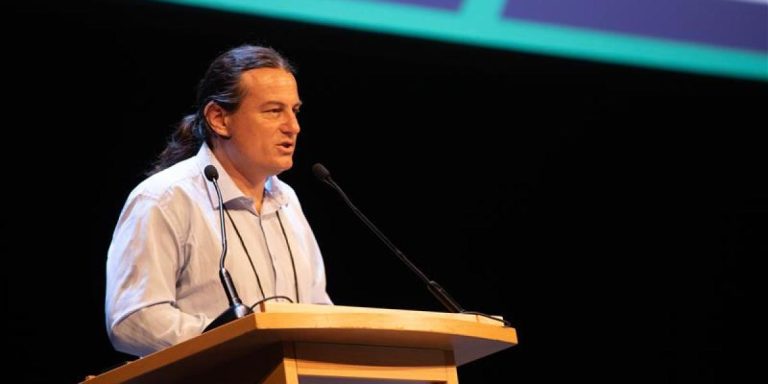Meta Embraces Crowdsourced Fact-Checking: A Potential Game-Changer in the Fight Against Misinformation
The digital age has ushered in an era of unprecedented information sharing, connecting billions across the globe. However, this interconnectedness has also brought forth a formidable challenge: the rampant spread of misinformation. Social media platforms, serving as primary conduits of information, have become breeding grounds for false or misleading content, posing a significant threat to informed public discourse and societal harmony. Meta, the parent company of Facebook, Instagram, and WhatsApp, is now taking a bold step towards combating this issue by adopting a crowdsourced approach to fact-checking, mirroring the Community Notes feature pioneered by X (formerly Twitter). This move holds immense potential to reshape the landscape of content moderation and empower users to discern truth from falsehood.
Community Notes, originally known as Birdwatch on Twitter, leverages the collective intelligence of users to identify and contextualize potentially misleading information. Participants in the program can annotate tweets they believe to be inaccurate or misleading, providing additional context and clarification. Crucially, these notes remain hidden until a consensus is reached among a diverse group of users, including those with differing perspectives and political viewpoints. This consensus-based approach aims to mitigate bias and ensure that only genuinely misleading content is flagged. Once a consensus is achieved, the note becomes publicly visible beneath the tweet, offering crucial context to help users critically evaluate the information presented.
The efficacy of Community Notes has been substantiated by research conducted by teams at the University of Illinois Urbana-Champaign and the University of Rochester. Their studies demonstrated that the program can effectively curb the spread of misinformation, even prompting authors to retract their misleading posts. This encouraging evidence underscores the potential of crowdsourced fact-checking as a powerful tool in the fight against misinformation. Meta’s adoption of this approach signals a significant shift in the content moderation paradigm, potentially impacting billions of users across its platforms.
Content moderation, however, remains a complex and multifaceted challenge. No single solution can effectively address all forms of misinformation. Professor of natural language processing at MBZUAI, who has dedicated years to researching disinformation, propaganda, and fake news online, emphasizes the need for a multi-pronged approach. He advocates for a combination of human fact-checkers, crowdsourcing initiatives like Community Notes, and sophisticated algorithmic filtering. Each of these approaches possesses unique strengths and limitations, making them best suited for different types of content. By strategically integrating these diverse tools, social media platforms can create a more robust and comprehensive content moderation system.
Drawing parallels with other successful crowdsourcing initiatives, the professor highlights the example of spam email mitigation. Decades ago, spam email posed a significant problem, inundating inboxes with unwanted messages. The introduction of reporting features, allowing users to flag suspicious emails, proved to be a game-changer. The widespread adoption of this crowdsourced approach effectively curbed the spam epidemic. Similarly, the collective efforts of users can play a vital role in identifying and flagging misinformation on social media platforms.
Another insightful comparison can be drawn from the field of large language models (LLMs). These sophisticated AI systems often employ a tiered approach to handling potentially harmful queries. For the most dangerous queries, such as those related to weapons or violence, LLMs typically refuse to answer. In other cases, they may provide a disclaimer, cautioning users about the limitations of their responses, particularly when dealing with sensitive topics like medical, legal, or financial advice. This nuanced approach, prioritizing safety and accuracy, offers valuable lessons for content moderation on social media platforms. Automated filters can be employed to swiftly identify and remove the most egregious forms of misinformation, while crowdsourced initiatives like Community Notes can address more nuanced cases requiring contextual understanding and human judgment.
The adoption of Community Notes by Meta signifies a pivotal moment in the ongoing battle against misinformation. By harnessing the collective intelligence of its vast user base, Meta has the potential to create a more informed and trustworthy online environment. This crowdsourced approach, combined with human fact-checking and algorithmic filtering, offers a promising pathway towards a more robust and comprehensive content moderation system. As social media platforms grapple with the ever-evolving challenges of misinformation, the success of this initiative could serve as a blueprint for future efforts to foster a more responsible and informed digital landscape.


